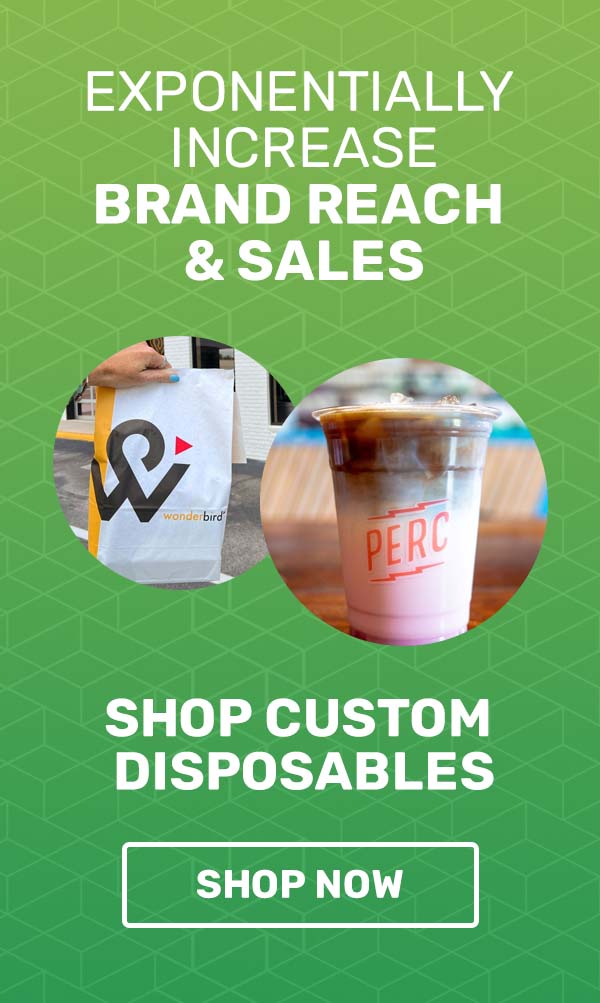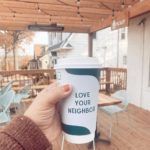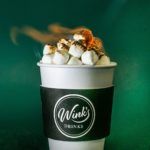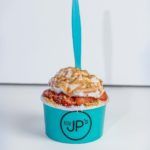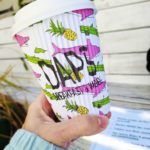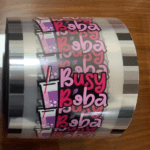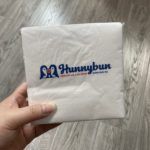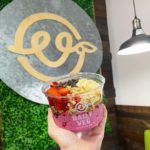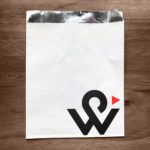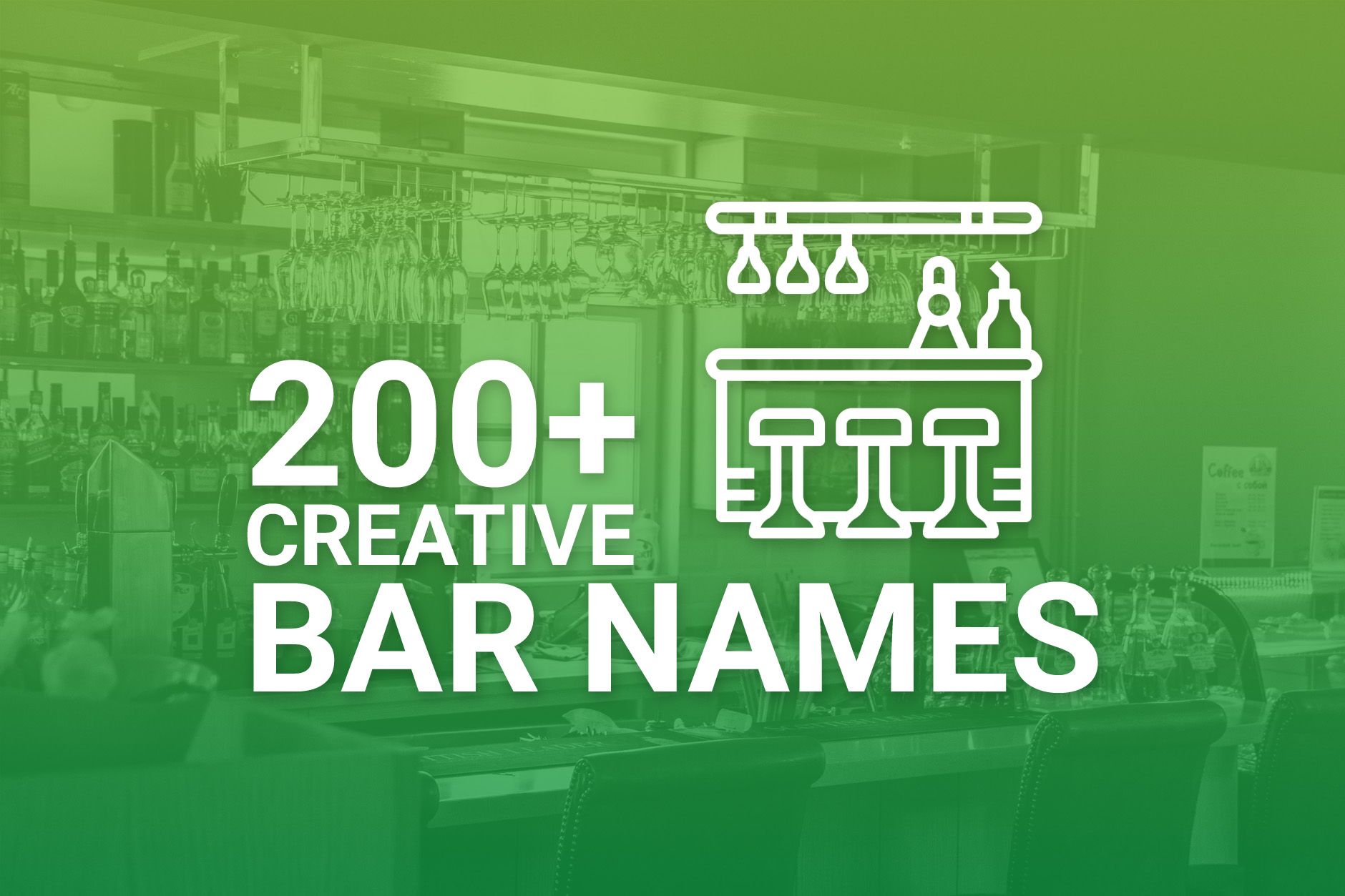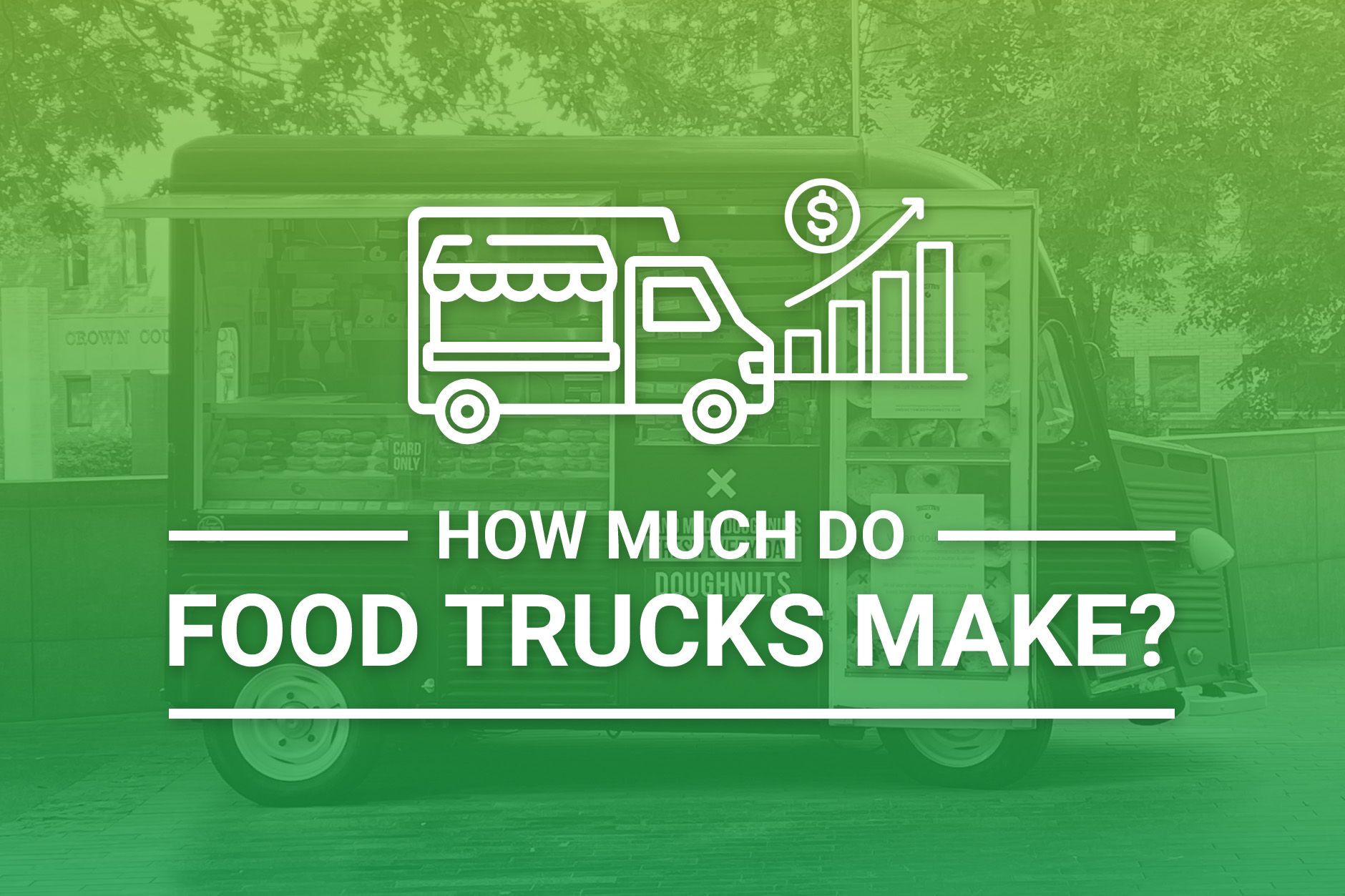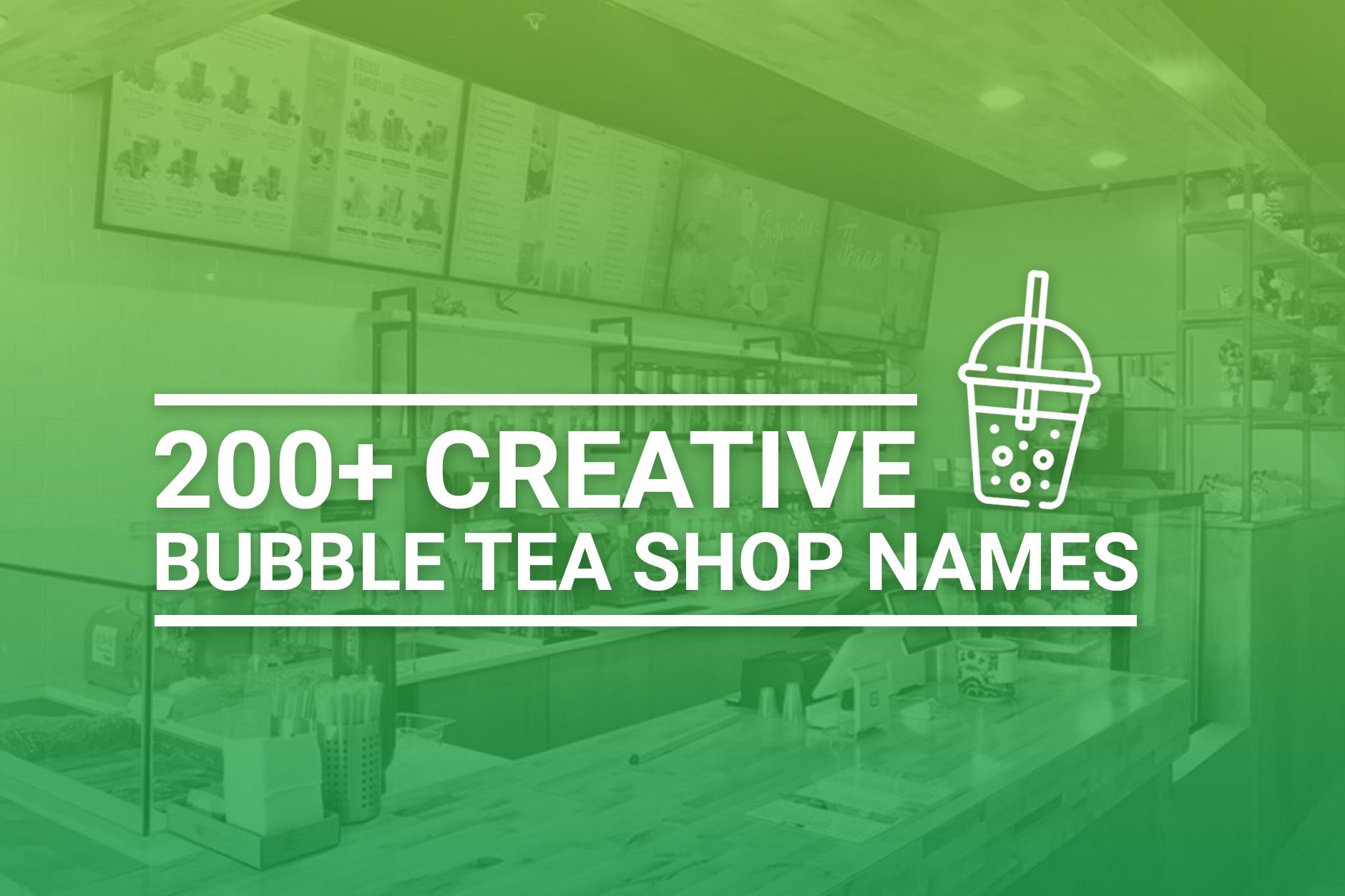Coffee shops, like other types of food and beverage establishments, run on an incredibly tight margin. While the food costs for coffee shops tend to be low, labor expenses are often high. As a result, smaller coffee shops often have a profit margin as low as 2.5%.
In the COVID-19 era, these margins have shrunk for many coffee shop owners. Between patrons working from home and shutdown orders, the days of customers hanging out, buying multiple drinks, or getting an array of drinks and treats for the office are gone. That leaves many coffee shop owners looking for ways to cut costs.
Below, we have outlined some of the best ways that you can reduce your expenses. By taking these steps, you can remain profitable — and keep your doors open through the pandemic and beyond.
Eliminate Waste
If you’re throwing away food, coffee, and other products regularly, then your profits will suffer. One way that you can reduce your overall expenses is to carefully track inventory turnover to cut waste. This involves the process of inventory management.
Inventory management takes a number of factors into account, including the shelf life of each product and how quickly you can move it. By taking a close look at these numbers, you can better plan your purchases to reduce waste.
For example, you buy a week’s worth of pastries at a time for your coffee shop. Each type of pastry has a different shelf life. The least popular is only good for 2 days — but it takes a full week to sell it all out. The most popular pastry also has a shelf life of 2 days, but it sells out in a day. To avoid having to throw out pastries that don’t sell, use inventory management to change your buying quantities and frequency.
Focus on Training
It may seem counterintuitive, but the old adage is true. Sometimes, you have to spend money to make money. Nowhere is this more true than in the restaurant business.
The most obvious reason why training is important is that customers won’t come to your shop if your baristas don’t know what they’re doing. When a customer orders a cappuccino and gets an Americano, they may not give your business another chance. Making sure that your staff knows exactly how to prepare every item on the menu can keep your business profitable.
However, there are other reasons why training is important. Properly training staff is less likely to cost you money by wasting food through bad portion control, brewing too much, or even failing to correctly use or maintain equipment. Think of it this way: if your staff doesn’t know how much milk they should steam for a latte, then they could be throwing away two or three ounces of milk each time they make a drink. Over the course of the day, this can add up to a significant profit loss.
Limit the Number of Retail Bags Available
Many coffee shops sell their own coffee, whether in whole bean or pre-ground form. It makes sense: customers want to be able to drink their favorite brew even when they can’t get to your shop. As a business matter, it makes sense to add retail bags of coffee to your product line.
However, making too many of these bags can eat into your profit margin. While coffee has a much longer shelf life than milk, it does get stale. If you pre-fill too many bags with coffee beans (whole or ground), you risk having to throw them out entirely if the coffee is too old to sell or for you to brew.
Instead, consider having just a few bags available as a display — filled with old coffee or something else entirely. If a customer wants to buy a bag of coffee, fill it right there for them. You’ll keep the profit without the potential for waste.
Figure Out the Best Way to Get Paid
Coffee shops are unique among retail establishments because they typically involve a large number of small transactions. A typical purchase might be anywhere from $3 to $10. While you want to offer a range for customers to pay, transaction fees can quickly suck up your profits.
There are a number of options for point of sale (POS) systems that can be used by coffee shops, such as Square, ShopKeep, Toast, Loyverse, and Lightspeed for Restaurants. Many of these POS systems have added features, such as inventory management and reporting and analytics tools.
When you first chose a payment processing service, you may have simply chosen the one with the lowest start-up costs or the easiest system. That might have worked at first — but it doesn’t mean that it is the best one for your business.
Take the time to figure out if there is a POS system that meets all of your needs. In some cases, paying a bit more upfront for a more robust system may cut your overall costs, such as by reducing the time that you need to spend on inventory management. Put together a number of options, and then do the math to determine what is best for your business.
Automate Your Marketing
Marketing is an essential part of any coffee shop’s success. Even if you have the best coffee for 50 miles, if no one knows about your shop, then you won’t succeed. Building your brand is key to getting customers.
In 2020, marketing should include social media. One way to reduce your costs is to schedule your social media posts in advance. That way, you’re spending less time figuring out what to post and when to post it — and more time on building your business.
For example, if your café runs specials or offers seasonal items, plan them out ahead of time. Then you can schedule posts for Facebook, Twitter, and Instagram all at once. In this way, you’re on social media less frequently — and don’t have to think about whether you posted the week’s specials.
You can also set aside a day to put together promotional material for your marketing. Ask a photographer (or a friend who is good with a camera) to come into the shop while you make all of the drinks on your menu. Take pics of the drinks plus other food items that you offer. Then you’ll have a library of images ready to post along with your specials.
Rethink Your Vendors
It is easy to fall into a habit when you are running a business. If you know that a certain vendor carries the inventory you need and is reliable, then you may just stick with them for years. But that doesn’t always mean that this vendor is right for you.
Take a close look at what you are paying for your inventory, including both food and non-food items. Are you paying high shipping costs or a delivery fee? Can you get a better price elsewhere?
Spend some time comparison shopping, and reach out to a few vendors. Some companies will offer you a discount if you purchase all of your inventory through them. Don’t let loyalty eat into your profit margin — shop around to get the best price, and make a change if necessary.
Share with Friends
To survive in a tough economy, small businesses have to stick together. One way to do this is to figure out how to share costs. In particular, think of ways that you can collaborate on marketing to cut costs and increase sales.
For example, a local bookstore may be willing to post flyers or offer bookmarks with coupons for your shop. Perhaps you can offer a cross-promotion, where a customer gets a free cup of coffee when they purchase a book. This can increase foot traffic in your shop, and may result in more sales.
You can also ask local businesses to share your posts on social media. By sharing each other’s posts, you’ll benefit the entire business district when more people shop.
Run the Food Cost Formula for Your Menu
When you first started your coffee shop, you probably determined the food cost percentage for each item on your menu, including drinks. Doing this gives you an idea of how much your spending on inventory compared to the price of each item. If you haven’t been running these numbers with changing inventory costs, you should do so.
Understanding your food cost percentage is critical to staying profitable and cutting costs. If you have a menu item that has gotten significantly more expensive to make due to an increase in the cost of ingredients, this number can help you make a decision on raising the price, finding cheaper ingredients, or dropping it from your menu.
It can also help you decide which drinks and menu items to promote. Since Starbucks and other chain coffee shops came onto the scene, the price of coffee has risen considerably. What was once a relatively low profit margin item has now become a drink with a significant mark-up. Fancy drinks like espresso-based beverages may cost just 30 cents in ingredients to make — but can often be sold for $5 to $7. Using food cost percentages to figure out which drinks to push — and which to downplay (such as a basic cup of coffee).
Reduce Labor Costs
For the typical coffee shop, labor expenses are much larger than food costs. After all, even premium coffee beans can still be profitable. A 300% markup on a cup of coffee isn’t unusual — and may even be higher, depending on how “fancy” the drink is.
Operating costs, including rent, wages, insurance and marketing, account for a much larger portion of the average coffee shop’s budget. If you are looking to cut costs, one of the best ways to do so is to reduce labor costs.
There are several ways to do this. First, you can lay off workers, although you may be reluctant to do so during a pandemic. Second, you can take over some shifts yourself. Third, you can reduce staffing during hours that are consistently slow.
Consider Making Food In-House
Many coffee shops offer basic food items to their customers. Not only does this make a coffee shop a more convenient place for people to go (one stop shopping!), it also increases your bottom line.
Many coffee shops purchase pastries and other food items from vendors. They may lack the necessary kitchen equipment to make these menu items, or they may just want to focus on the coffee. Whatever the reason may be, if you have always ordered food from an outside vendor, think about whether it makes sense to make things yourself.
If you have the space and capacity to do so, buying simple ingredients to make sandwiches and salads for a lunch crowd (for example) may be more cost-effective than paying a vendor for the same items. This is particularly true if your staff has the time to make these items during down times.
However, making food in-house doesn’t always make good financial sense. If you don’t have an oven, it may not be a good use of your budget to purchase and install one just so you can make brownies. Think about your space, equipment, and time, and then make a decision about what is most practical for your business.
Buy Custom Branded Disposables for Less
To-go coffee has always been an important aspect of any coffee shop business. During the COVID-19 pandemic, however, take-out has become one of the primary income sources for many restaurants and coffee shops. Having custom disposables — coffee cups, sleeves, and more — can help to market your shop while keeping customers happy.
For many smaller businesses, branded disposables may seem out of reach. After all, the big chains like Starbucks, Caribou Coffee, and Dutch Brothers can order millions of cups and sleeves at a time. When you can’t order in those quantities, getting branded items may seem impossible.
Yet there are still options for custom disposables at prices that make sense. Budget Branders offers double wall paper cups, single wall cups, coffee sleeves, paper bags, and plastic cups at prices and quantities that make work for small and medium sized businesses. For example, if you want to offer branded biodegradable cups, you can — at a minimum of 50 cases (1000 cups per case), instead of a minimum of 500,000 or more cups. At a price per case of $109 for an 8 ounce branded cup, Budget Branders makes it possible for independent coffee shops to buy custom products for their cafés.
Rather than buying from the companies that cater to large corporations, you can work with a fellow small business to cut costs on your disposables. Not only will you be saving money, but you’ll also be marketing your shop with every cup sold.
Ready to Buy? We’re Here to Help.
We know that times are tough for businesses of all sizes. At Budget Branders, we understand the challenges that restaurants, coffee shops, bars, and cafés are facing. We stand with you.
Our goal to offer high quality custom disposable items at prices that make sense for small to medium sized businesses. We know how important branding is — which is why we are committed to making it affordable for companies of all sizes. To learn more or to request a quote, contact us by calling 1-888-373-4880, pressing the live chat button, or emailing us at any time.

